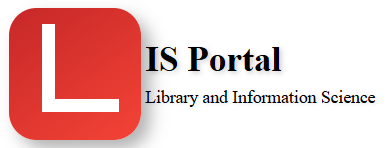Data communication refers to the exchange of data or information between two or more devices or computers. It involves the transfer of data from one device to another through a communication channel, such as a wired or wireless network, to achieve a specific objective.
Example:
A company has two offices located in different cities, and employees in each office need to collaborate on projects. The employees use a data communication system to exchange files, documents, and messages in real-time. The system consists of a local area network (LAN) in each office, and a wide area network (WAN) that connects the two LANs. The employees use their computers to access the network and send data to each other.
This is just one example of how data communication can be used in practice. Data communication plays a crucial role in many areas of modern life, including business, healthcare, education, and entertainment, among others. By enabling fast and efficient exchange of data and information, data communication systems support a wide range of applications and services, such as email, video conferencing, online gaming, and more.
Some popular software used for data communication include:
-
File Transfer Protocol (FTP) software: Used to transfer large files from one device to another over a network.
-
Email clients: Used to send and receive electronic messages over the internet.
-
Remote Desktop software: Used to access another device’s desktop remotely over a network.
-
Virtual Private Network (VPN) software: Used to establish a secure connection between two devices over a public network.
-
Communication and instant messaging software: Used to send and receive real-time messages and make voice and video calls over a network. Examples include Skype, WhatsApp, Slack, etc.
-
Web browsers: Used to access information on the internet and communicate with web-based applications.
-
Serial and parallel communication software: Used to exchange data between devices over serial or parallel communication links.
-
Network monitoring and management software: Used to monitor and manage network devices and ensure the efficient functioning of the network.
In the context of library and information science, some popular software for data communication include:
Library Management System (LMS) software: Used to manage the library’s operations, including cataloging, circulation, and patron management.
Electronic Resource Management (ERM) software: Used to manage electronic resources such as e-journals, e-books, and databases.
Interlibrary Loan (ILL) software: Used to facilitate the exchange of library materials between libraries.
Digital Asset Management (DAM) software: Used to manage and preserve digital media, such as images, videos, and audio files.
Electronic Data Interchange (EDI) software: Used to exchange data and information between libraries, publishers, and vendors.
Link Resolver software: Used to help users quickly access the full-text of an article or e-book by resolving links between a citation and an online resource.
OpenURL Link Server software: Used to enable users to access library resources from a variety of platforms, such as library catalogs, databases, and other web pages.
Metadata Management software: Used to manage the creation, storage, and retrieval of metadata, which is data about data.
These software are crucial in enabling effective data communication and information exchange in the field of library and information science.
